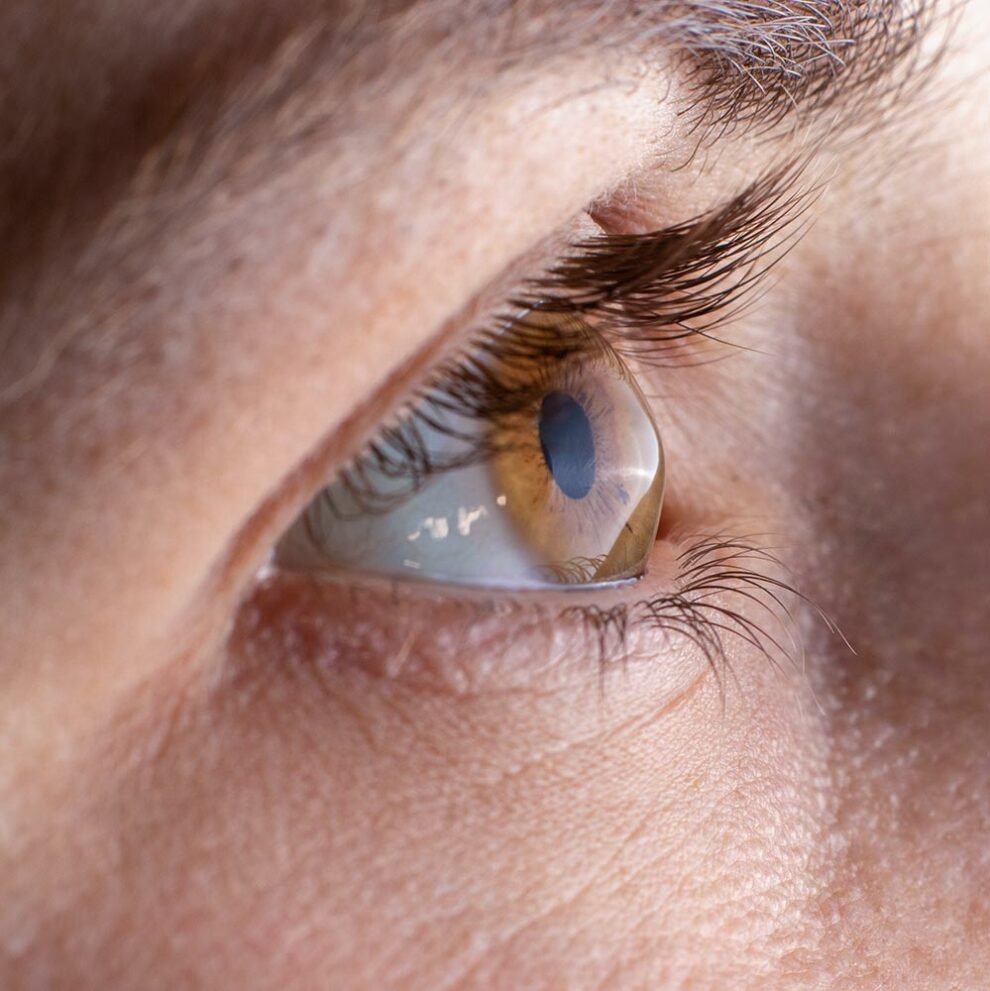Corneal Crosslinking
What does Corneal Cross-Linking Treat?
Corneal Cross-Linking (CXL) has been used to treat issues like keratoconus and corneal ectasia after LASIK surgery since 1997.
Keratoconus is a vision disorder that occurs when the normally round cornea (the front part of the eye) becomes thin and irregular (cone) shaped. This abnormal shape prevents the light from entering the eye from being focused correctly on the retina and causes distortion of vision.
Post–LASIK Corneal Ectasia is corneal weakening, creating progressive thinning and steepening of the cornea. This also causes loss of best corrected visual acuity (BCVA).
Incidence of post-LASIK corneal ectasia is estimated to be 1 in 1000 cases of LASIK surgery

What is Corneal Cross-Linking?
Corneal cross-linking is a technique which combines Riboflavin with UV light to strengthen chemical bonds in the cornea. The goal of the treatment is to halt progressive and irregular changes in corneal shape. These changes are typically marked by corneal thinning and an increase in the curvatures of the cornea, and often lead to high levels of myopia and astigmatism. The most common form of ectasia is keratoconus and less often ectasia is seen after laser vision correction such as LASIK.
The images below show the parallel layers (white) and the collagen cross-linking (red). The collagen cross-linking is increased after CXL treatment which makes the cornea stronger.
Cross-Linking improves the biochemical properties of the cornea by strengthening the corneal tissue in the anterior stroma. It is the only procedure available that can stop the progression of keratoconus and strengthen the individual collagen fibers in the cornea.
Clinical CXL Studies
CXL treatment studies have been performed in Europe since 1997. Europe received the first approval to use CXL treatment for the treatment of keratoconus and ectasia in 2003. The successful results from the studies conducted in Europe have made it possible for these studies to be conducted in the United States. The results of the study showed an improvement in corneal strength and have suggested that this treatment may be a potential alternative treatment for Keratoconus and Corneal Ectasia, and many patients have had a lasting effect (no progression) 3-5 years after their initial treatment. Not all patients are qualified for this treatment. If you have any questions about CrossLinking Treatment, feel free to contact Keith Liang, MD @ Center for Sight at 916-446-2020.